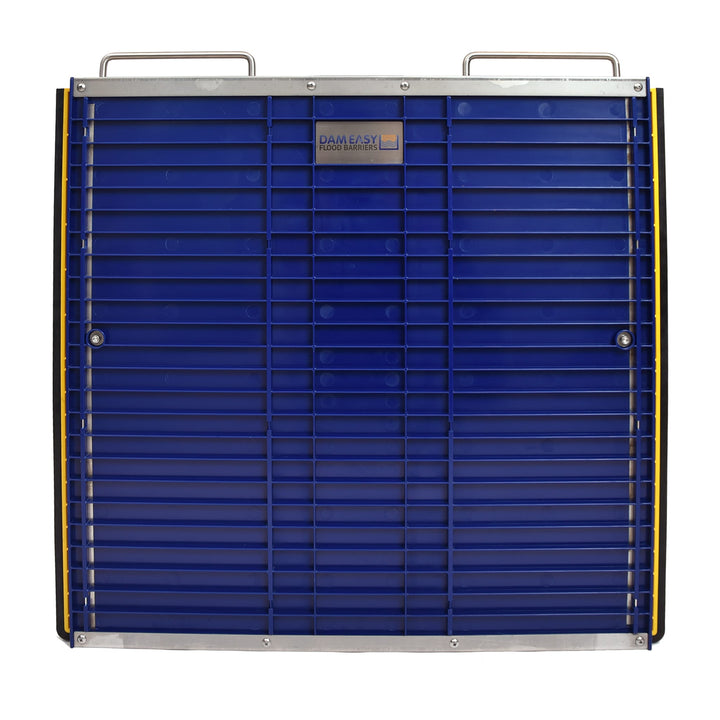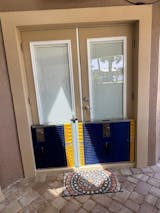Natural disasters, especially floods, are a growing concern for property owners in flood-prone areas. With more frequent and severe weather events, homeowners and business owners need to know how flood relief and recovery programs are evolving to help them recover. In 2025, there have been several important changes and proposals related to disaster relief that could impact you. Here’s a breakdown of the key updates and how they can benefit you as a property owner.
Federal Disaster Tax Relief Act: Tax Breaks for Flood Victims
Passed in December 2024, the Federal Disaster Tax Relief Act provides $4.9 billion in flood relief for victims of natural disasters dating back to December 2020.
Key points:
- Loss Deduction: Victims of natural disasters can now deduct losses greater than $500 directly, bypassing the usual 10% adjusted gross income threshold.
- Exclusion of Payments: Certain payments received for incidents like wildfires or train derailments can now be excluded from income.
Benefit for you: If your property has been affected by a flood, you can now claim more deductions and receive financial relief with fewer restrictions.
FEMA’s Disaster Assistance Program Overhaul: Faster and More Flexible Aid
In early 2024, FEMA announced important changes to its disaster assistance program to keep up with the increasing frequency of natural disasters. These changes took effect in March 2024 and aim to provide quicker and more flexible aid to disaster survivors.
Key Updates:
- Immediate Financial Assistance: A one-time $750 payment per person impacted by disasters like floods, intended to cover immediate needs such as food, shelter, and evacuation costs.
- Housing Flexibility: A new fund allows disaster survivors to choose their accommodations, including staying with friends or relatives.
- Streamlined Processes: FEMA has removed certain requirements, such as applying for Small Business Administration loans before qualifying for personal property loss funds. Insurance caps for home rebuilding have also been eliminated.
Benefit for you: These changes mean quicker financial help and more housing options after a disaster, making it easier for you to recover.
Project 2025 Proposals: Changes to Flood Insurance and Disaster Response
The Project 2025 policy blueprint, associated with former President Donald Trump, proposes changes to disaster response programs, including flood insurance.
Key Proposals:
- Reduction of FEMA’s Role: FEMA’s involvement would be limited to large-scale disasters, shifting more responsibility to state and local governments for smaller events.
- Phasing Out the National Flood Insurance Program (NFIP): The proposal suggests gradually eliminating the NFIP and encouraging private insurers to offer flood insurance, starting with lower-risk areas. Critics warn this could lead to higher premiums and less access to affordable flood insurance.
Benefit for you: These proposals could affect the cost and availability of flood insurance in the future. It’s important to stay informed and consider other options for protecting your property.
Find more details about Project 2025 here.
FEMA’s Budget Constraints: Straining Flood Relief Efforts
In October 2024, FEMA faced significant budget concerns after spending nearly half of its $20 billion disaster relief budget within the first eight days of the fiscal year, mostly due to Hurricanes Helene and Milton.
Key Issues:
- FEMA’s budget was quickly depleted, raising questions about its ability to fund ongoing and future disaster recovery efforts without additional congressional funding.
- The rapid spending highlights the challenges FEMA faces in keeping up with the increasing number and severity of disasters.
What it means for you: These budget constraints make it even more important for property owners to take steps to protect their homes and businesses from flooding, rather than relying solely on government assistance.
How Flood Barriers Can Help Protect Your Property
With these changes and challenges in the flood relief landscape, it’s important to take proactive measures to protect your property from flood damage. One of the most effective ways to safeguard your home or business is by installing flood barriers.
Why Flood Barriers Work:
- Prevent Floodwater: Flood barriers are designed to prevent floodwater from entering your property, protecting it from costly water damage.
- Easy Installation and Storage: Flood barriers are easy to install and require minimal maintenance. They can be stored when not in use, making them convenient for homeowners and business owners.
- Cost-Effective: Investing in flood barriers can save you money by reducing the damage caused by floods and potentially lowering your flood insurance premiums.
At Dam Easy, flood barriers are available to protect properties from up to 28 inches of flooding. These barriers are a reliable, efficient way to minimize flood damage and protect your investment.
Benefit for you: By installing flood barriers, you can reduce the financial burden of flood damage, protect the value of your property, and even save on insurance premiums.
DamEasy防洪闸门坝 -终极防洪

$1,075.00
大坝容易®防洪闸门大坝 洪水在世界各地越来越普遍。曾经的百年现象,现在是房主必须面对的季节性趋势。 这正是为什么你需要这个大坝容易防洪闸门大坝! 作为重型和凌乱沙袋的一个很好的替代品,这个屏障提供了第一道防线,防止水进入你家的门窗。当洪水发生时,快速行动的能力至关重要。此防洪屏障可在 5 分钟内安装,为您提供可靠的防洪保护! 不要等到为时已晚。得到这个防洪屏障门坝,现在保护你的房子! … Read More
Conclusion
As natural disasters like floods continue to affect communities across the United States, it’s essential to stay informed about changes in flood relief programs. The Federal Disaster Tax Relief Act, FEMA’s program overhaul, and Project 2025 proposals are just some of the updates that could impact you as a property owner. While these changes aim to provide better relief for disaster victims, they also highlight the importance of taking preventative steps.
By investing in flood barriers, you can protect your home or business from flood damage, reduce financial losses, and ensure the long-term value of your property. As the disaster relief landscape evolves, it’s crucial to be proactive and prepared for the next flood.




















